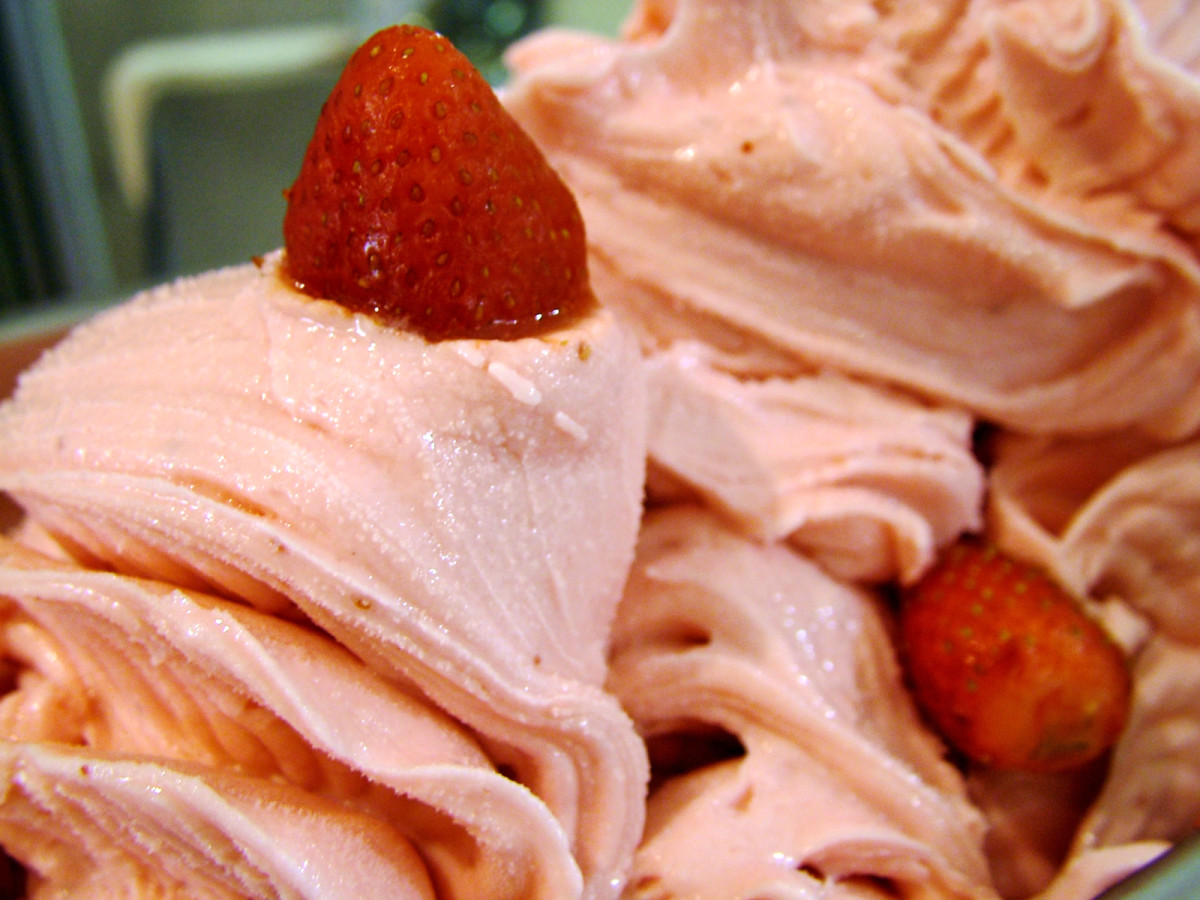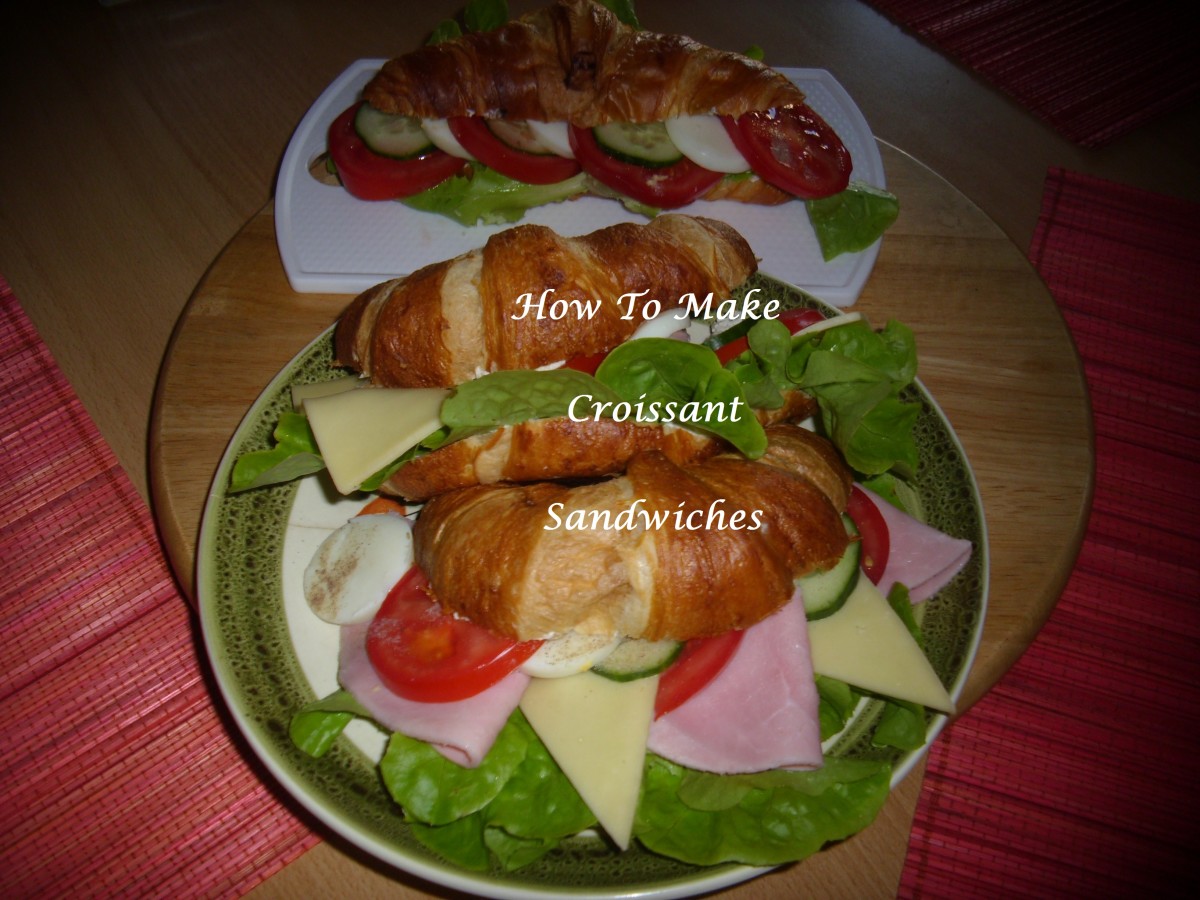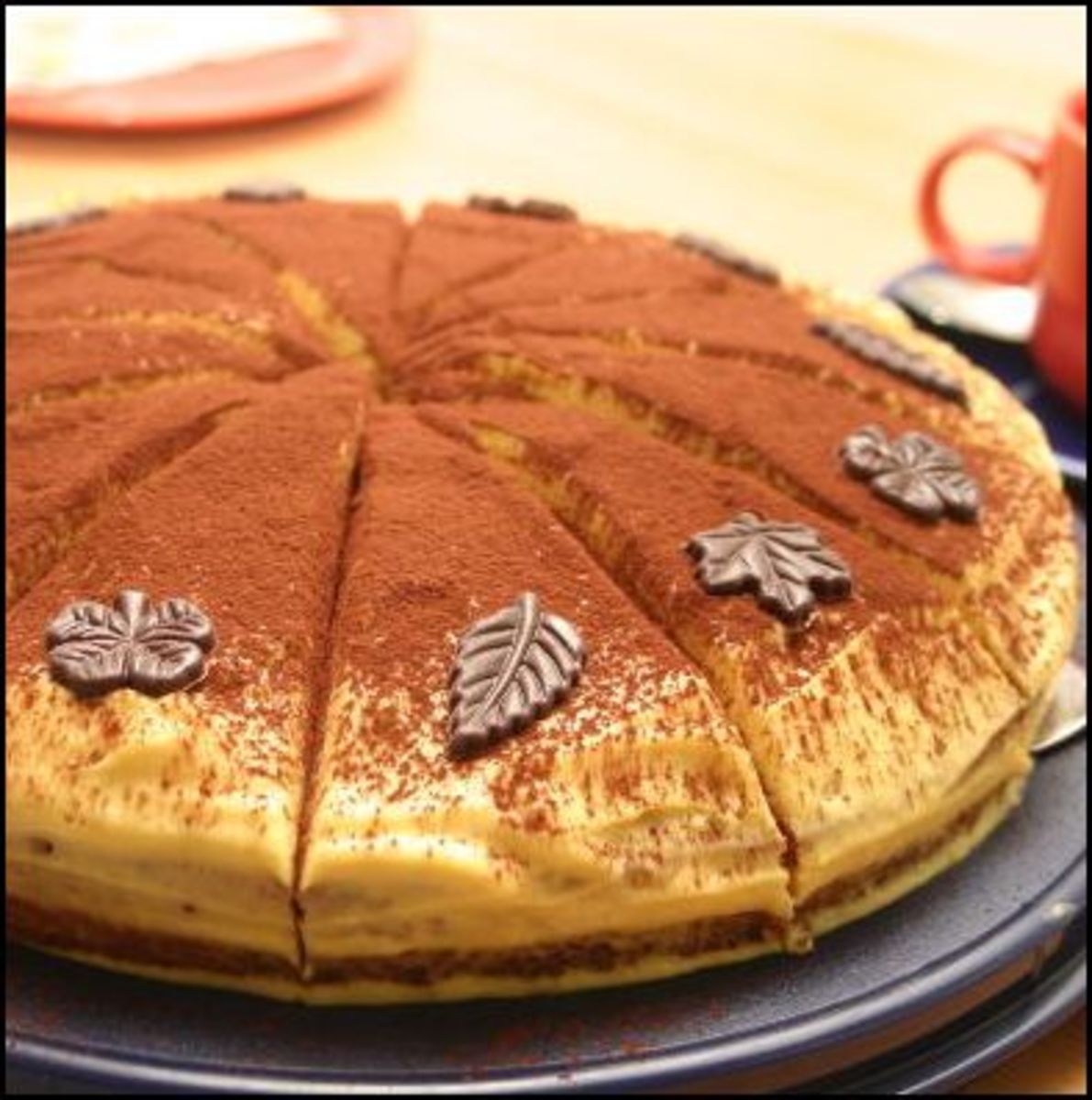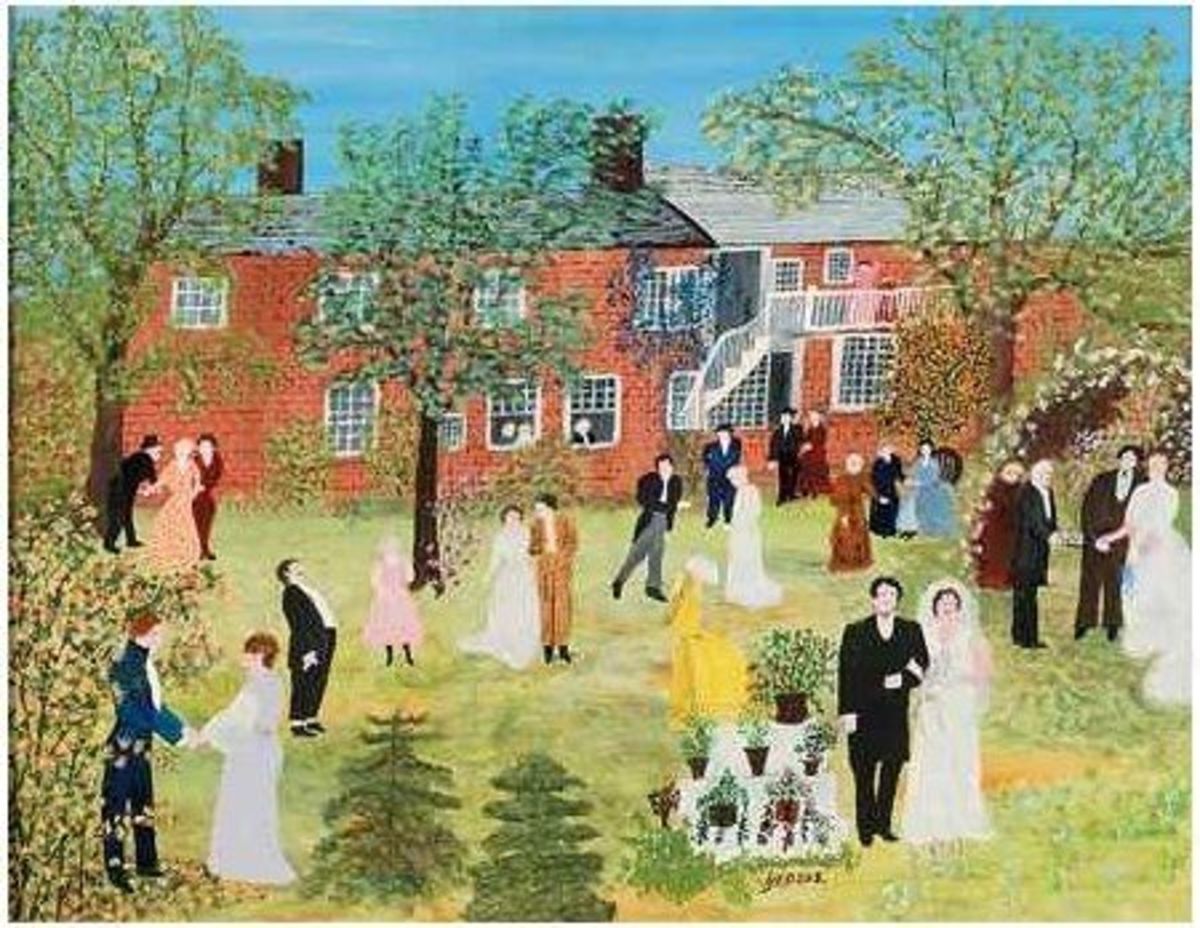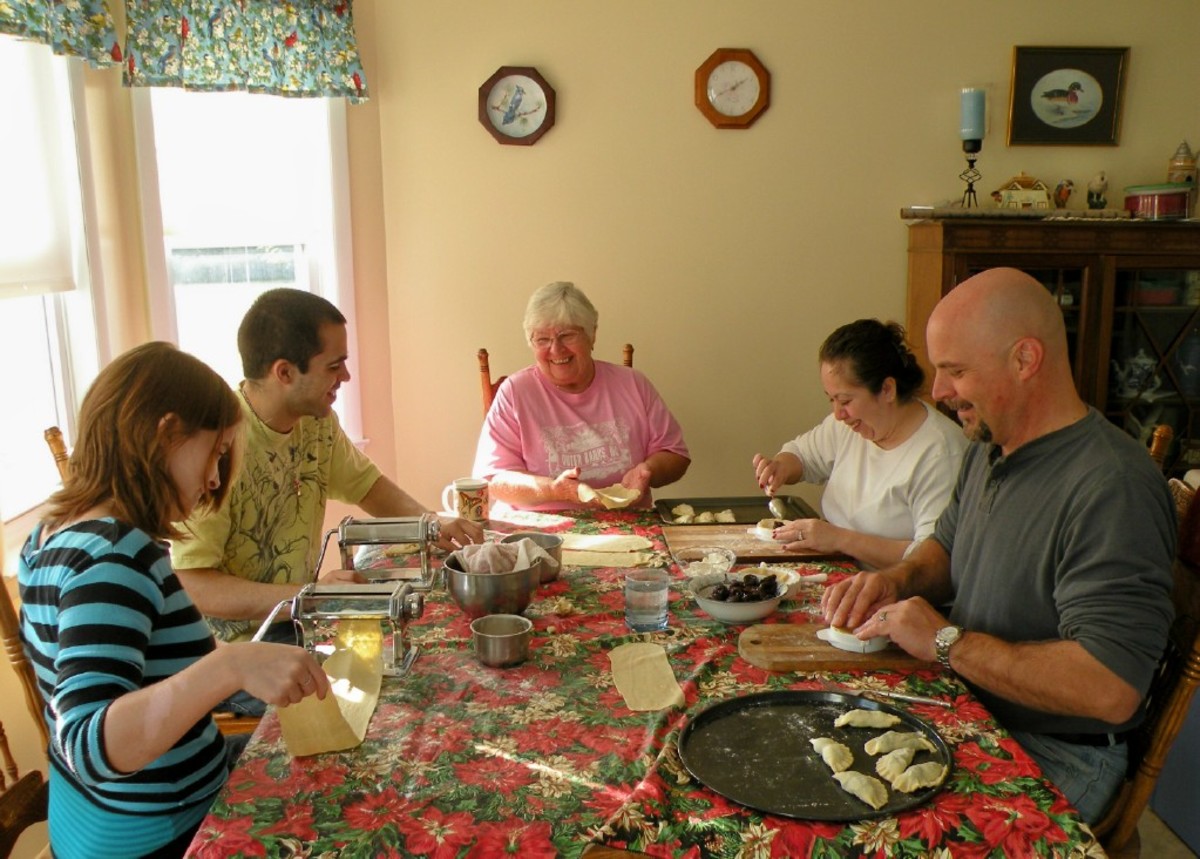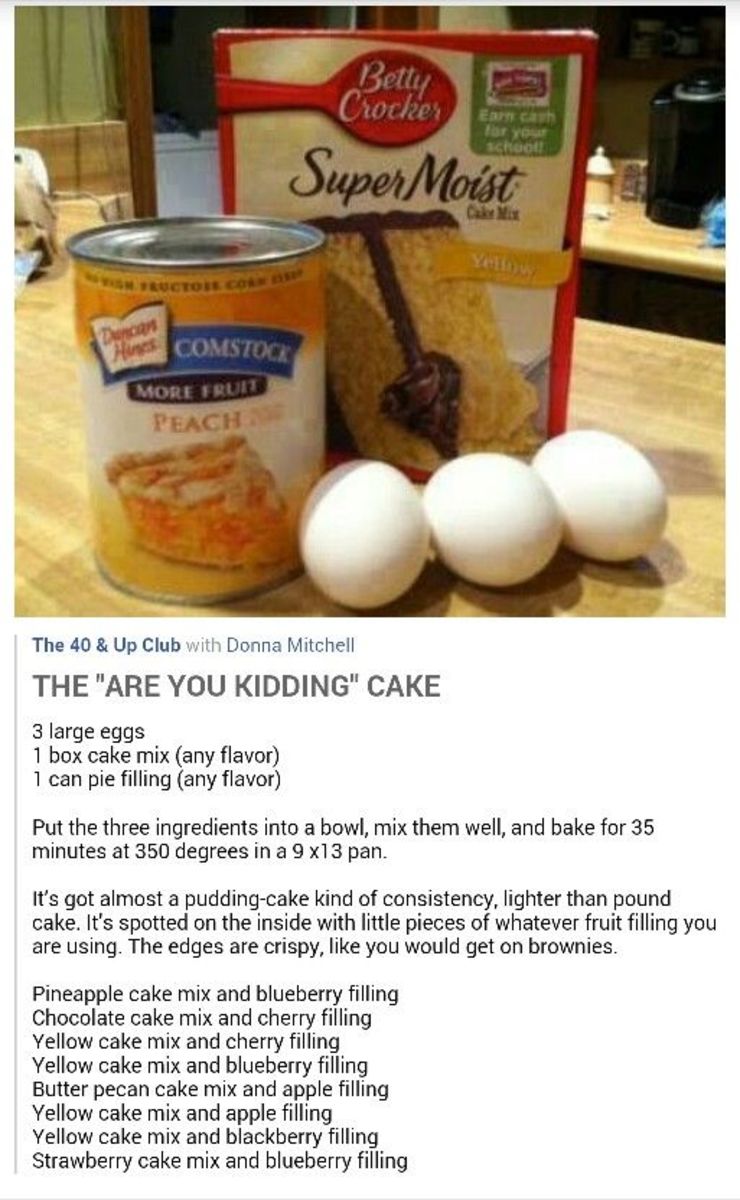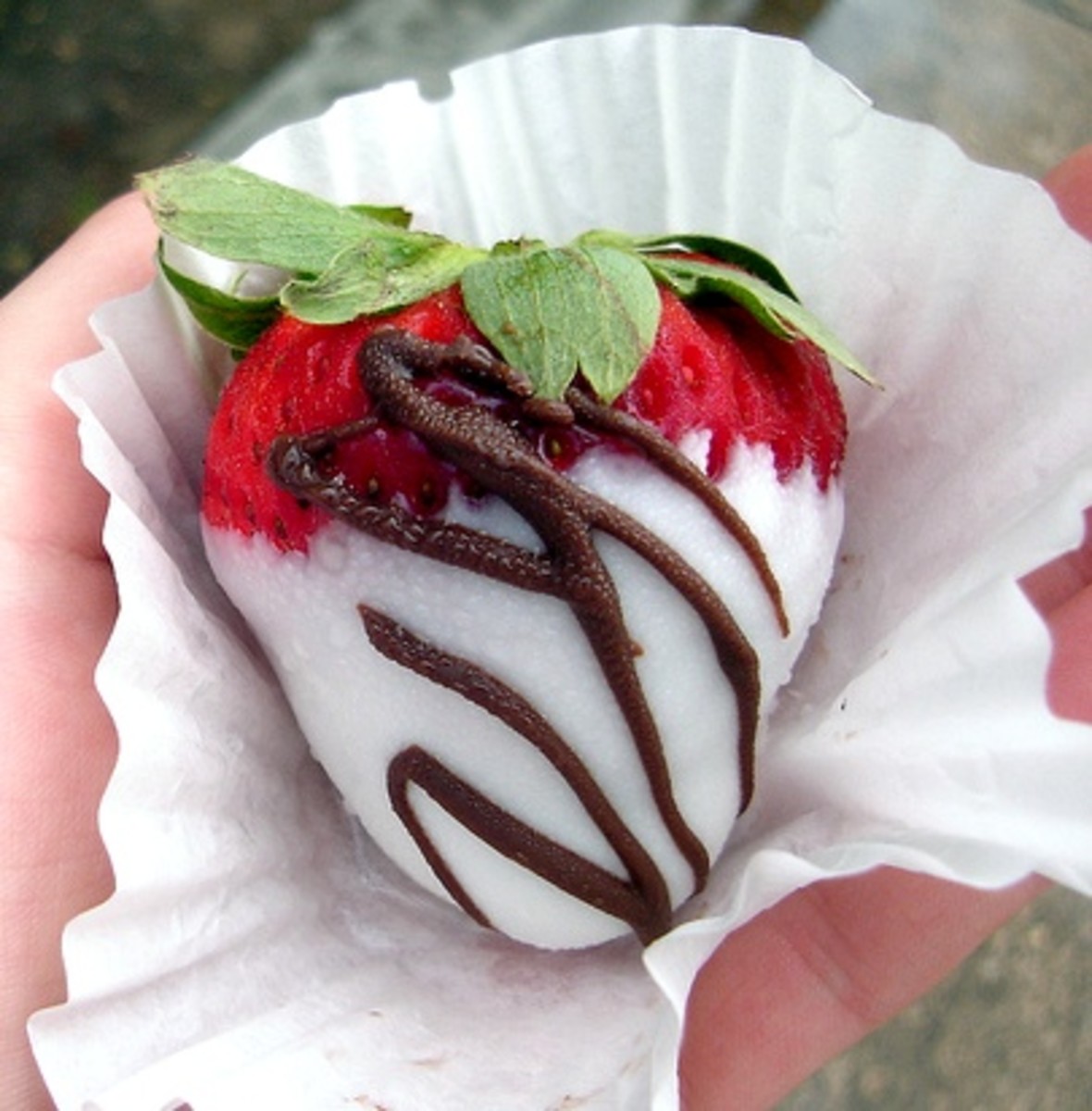Making ricotta cheese
Ricotta is the second cheese
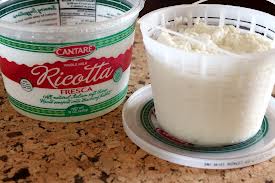
Making ricotta cheese the old way
Welcome to my article (14), making ricotta cheese
Dear readers, in our previous article, we talked how we made cheese in the farms of southern Italy when I was young, in this article, we will talk how we made ricotta cheese. The name ricotta is an Italian name because it means that you are cooking it a second time, and that is exactly what happens when we make ricotta, we are cooking the whey from the batch of milk that we have extracted the cheese; we use a different procedure, when we cook the whey a second time, to extract whatever is left that can be extracted from that whey.
Here some people can say, why you are telling us how ricotta is made. Well, we want to compare the old ways of life with today ways of life. Therefore, this is still a story where we can learn something from it, since there are people that don’t know anything about how to make cheese or ricotta cheese and where they come from, so, let me tell you how ricotta was made, the way that my grandma taught me when I was young.
So, I am going to tell you, how we used the whey that was left over when we made cheese to make ricotta cheese. I am telling you the way that my grandma taught me a very long time ago; I know that you are thinking now, what is the use to know that, since we are not going to make ricotta ourselves. Okay I know what you mean, but just to compare the ways of life of today with the ways of life when I was young, which I believe life was a lot harder then, I am going to tell you how we made ricotta cheese my grandma way anyhow.
Here are links on the web that explain about ricotta cheese
What is ricotta cheese? « Baking Bites
-----------------------------------------
Fresh ricotta cheese
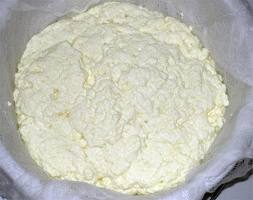
Ricotta making the old ways
To make ricotta cheese, let us go back to when I made cheese in Compare cheese making, at the end of which I have collected the whey and placed it in the large kettle and I was ready to make ricotta, so, let us start making ricotta cheese my grandma way.
First we had to rekindle the fire, and make sure that we had enough fire wood for the whole procedure, then lift the large kettle and whey on this three legged devise on the fire, and start warming the whey slowly and steadily, as the whey warms up, you need to turn this wooden devise around and around in a slow motion always in the same direction, this wooden devise is a simple stick with a larger rounded end, it has been made from elm-wood or some very high grade wood, it has been purposely made to last a long time, perhaps for generations; anyhow, you need to turn this wooden devise around in the same direction, with the larger rounded end dragging softly on the bottom of the kettle, so that any ricotta that is forming while the whey warms up does not stick to the bottom of the kettle.
While the whey warms up and you keep turning this wooded devise, this procedure will reach a stage, when you can see that some very fine flakes of ricotta are forming in the whey, this is the stage when you need to set the ricotta to rise at the top of the whey, this can be achieved by adding about half a litre of goat milk to the whey, while you continue to turn your wooden devise as described before, this action of adding this goat milk should set a reaction to the forming ricotta in the whey and it will rise to the top.
This is how it is done, and if you follow this method and you add just goats’ milk you end up with a beautiful soft and very tasty ricotta cheese, but if you want more ricotta cheese than usual, then you have to add to the whey some acid stuff that you have made yourself, (usually this is some old acid whey that we kept in a bottle from the previous ricotta making) anyhow, in the country where they make ricotta you can buy this acid stuff from the chemist, with this stuff from the chemist you can make at least twice as much ricotta, but the quality will not be as good as when you use plain goat milk.
Anyhow, let us go back to make this ricotta cheese; and here you need to continue to turn the wooden devise around even more slowly for a few more minutes; you have to take it slower because you don’t want to mix the rising ricotta to the whey again, and when you see that all this ricotta has come to the top of the whey, you can slowly take out the wooden devise from the kettle, then lift down the hot kettle and you are ready to collect your ricotta, which is now at the top of the whey for you to collect.
A type of colander
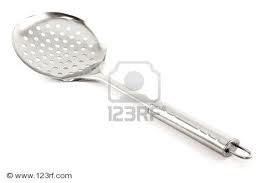
Collecting your own ricotta
The new hot ricotta was collected in small woven baskets that would let the rest of the whey out while the ricotta was cooling down, we collected it with a colander with handle from the top of the whey, at the end of all this work sometimes we left a bit of ricotta for ourselves, and we used it in the following manner: you see, in the farms of those days you had to think for yourself, what you were going to eat next time, so, this was another way to make a warm meal quickly.
Usually in the farms of those days, there was plenty of dry old bread that was hard to eat the way it was, so, we would slice the bread and put it in a large dish, and then we would put the still hot ricotta and a bit of whey on top of this dish filled with old bread; this rustic prepared dish usually would replace a whole meal during the day. Okay, you might be shocked and spew that this was a prepared dish of wholesome food, but hey it was either that or just old dry bread, I hope you see what I mean, and I am pretty sure that if you were in the same position, you would prefer this warm dish to just dry old bread; believe it or not that is how hard life was in those old times; so, we all should be thankful to the progress that we have achieved since then.
Anyhow, at this point of time the whey in the kettle is still hot, it has got to be because to make ricotta, we had to warm the whey to a very high temperature just below boiling point, so, I have one last use for this hot whey before I finish with it; I have to dip the fresh cheese that I have made in our last article into it, for say half a minute or so, and this is a sort of pasteurisation for the new cheese.
I know that this procedure about cheese and ricotta cheese making is boring; but I still have to explain something else, in those days even the whey had to be put to good use, it has always been so in farming, the main rule in farming is; waste not want not, so, what we did with the whey was this, we can give small drinks of it to cats and dogs, it had to be small drinks otherwise it would make them sick. The rest of the whey was good for the pigs to drink and to mix with coarse milled grains to feed them. Yes, you guessed it right once again the farmers don’t like to waste anything at all, and the pigs are the saving bank of all farm foods that would otherwise go to waste.
Now that I have described to you this cheese making and ricotta cheese making, I think that I have said enough about my farm life, now let me see what else is there to tell you: Yes I can tell you about wine making the old ways, the heritage chapter and the Madonna story and others things, we are going to do this before we leave the town that I was born and lived my young life. After that we are going to talk about my life experiences as a migrant in this land of opportunities Australia. See you soon, in our article; Wine making the old ways.
---------------------------------------------
Other links of similar interest
- An old man life story
Let any old man do his life duty by Writing An Autobiography about his own life and what he has learned from it, so that humanity may learn from what he has learned during his life. - Australia affordable houses
Building affordable houses for sale is usually good business, when they sell easily; sometimes the builder has to sell at cost in order to continue building more houses, this is good for the buyers. - DIY Retaining walls
We are going to show you several types of retaining walls and how to build them, some of them briefly and other step by step, so that you could be able to do it yourself, if you like. - Farming today compared to the old way
Mankind should look at the progress they have achieved in agriculture in the last hundred years or so, we should compare how hard it was to harvest wheat or any other cereals by hand to today ways of using these wonderful machines. We should also see - DIY brickwork
Thinking of laying the bricks yourself, then read this hub, it may be very helpful to know some details; DIY brickwork, or Building a brick base for houses; in this hub we will talk about; Getting ready to lay bricks; making sure that we start the br - My life my struggles
This hub is being written to tell you part of my life journey, as we all know there are a lot of times when during our lives we have to struggle, so this hub is telling you about my life struggles. - Australia affordable houses
Building houses to sell is usually good business, when they sell easily, but when they don't sell the builders should really watch what they are doing, because they may need to sell their houses at cost and sometime below cost. Therefore for the buye - Genzano di Lucania
The town where I come from is Genzano di Lucania, I would like to show you some of the town first, so that it would be easier for me to write my memories of when I was young. - Australia the land of opportunity
Welcome to my hub, Australia the land of opportunity Everybody thinks that Australia is still the land of opportunities, and that is the reason why people are trying hard to migrate to Australia, but, are all those opportunities there one may ask?... - Cheese Making Workshops and Cheese making Supplies.
Cheese making workshops and cheese making supplies Sydney / Coffs / NSW/ Australia.

